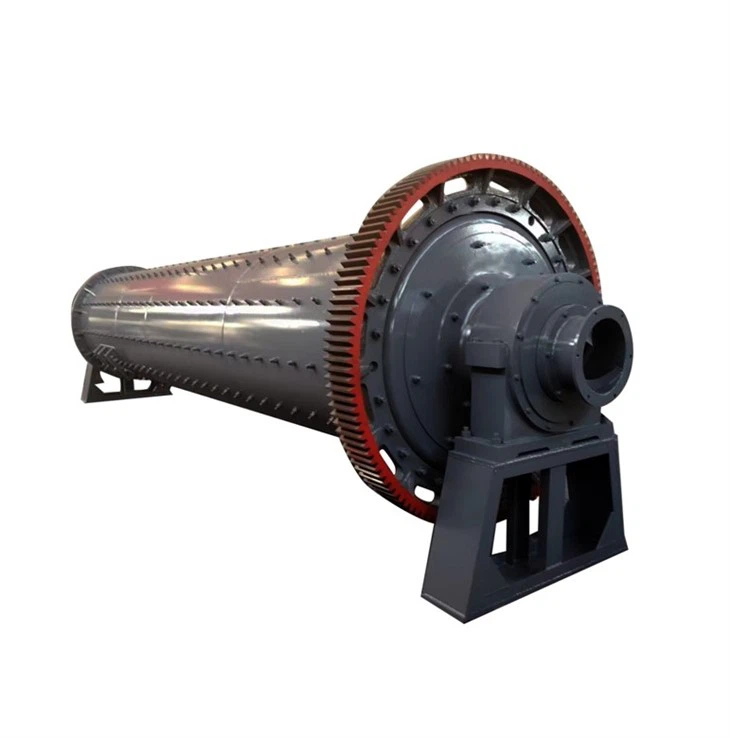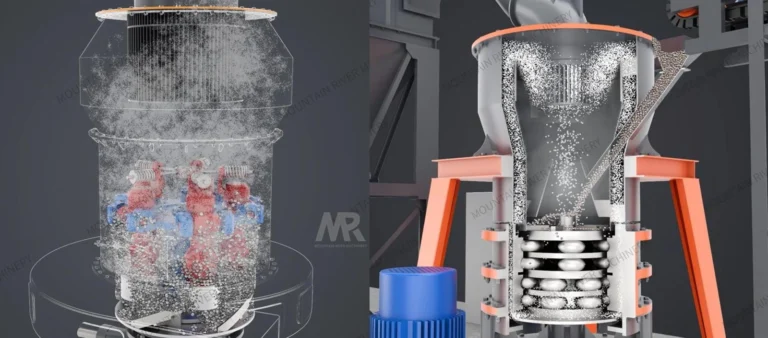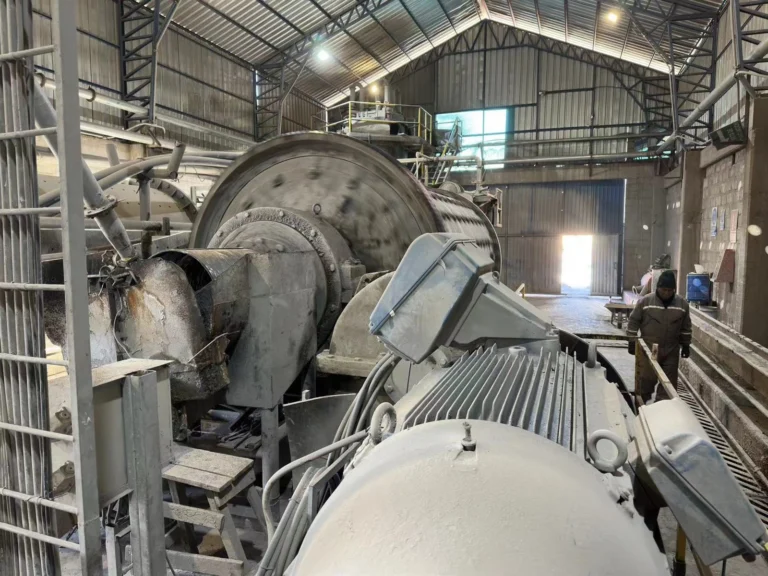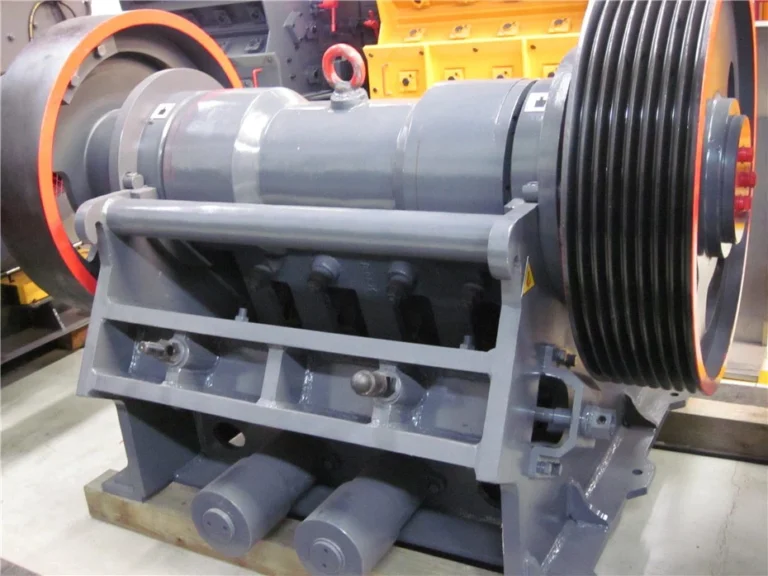How Do Eddy Separators Work?
Eddy separators are innovative machines used for the separation of non-ferrous metals from a stream of materials. They operate based on the principles of electromagnetism and the phenomenon of eddy currents. Here’s how eddy separators work:
1. Material Feeding:
The process begins with the introduction of the mixed material stream onto a conveyor belt or vibratory feeder. This stream typically contains a mixture of non-ferrous metals (e.g., aluminum, copper) and non-metallic materials (e.g., plastic, paper, or glass).
2. Conveyor Belt or Vibratory Feeder:
The conveyor belt or vibratory feeder moves the material stream over a rapidly rotating magnetic drum or rotor. This rotor contains a powerful, alternating magnetic field created by a powerful rare-earth magnet system.
3. Generation of Eddy Currents:
When the non-ferrous metals in the material stream pass over the rapidly rotating magnetic rotor, the alternating magnetic field induces electrical currents within these conductive materials. These currents are called “eddy currents.”
 4. Eddy Current Interaction:
4. Eddy Current Interaction:
The eddy currents generated within the non-ferrous metals interact with the alternating magnetic field. As a result, the eddy currents create their own magnetic fields, which oppose the field of the rotor. This interaction creates a repulsive force that pushes the non-ferrous metals away from the rotor.
5. Material Separation:
The repulsive force caused by the eddy current interaction propels the non-ferrous metals in the opposite direction of the material stream’s movement. This effectively separates the non-ferrous metals from the non-metallic materials in the stream. The non-ferrous metals are ejected from the conveyor belt and can be collected in a separate container.
6. Adjustable Settings:
The settings of the eddy separator, such as rotor speed, magnetic field strength, and the angle of the rotor, can be adjusted to optimize the separation process for specific materials and applications. This flexibility allows for the efficient separation of a wide range of non-ferrous metals from various mixed material streams.
7. Recovery and Collection:
The separated non-ferrous metals, such as aluminum and copper, are collected for recycling. They can be further processed and recycled into new products, reducing the need for mining and refining of raw materials and promoting resource conservation.
Eddy separators are highly efficient at separating non-ferrous metals from mixed material streams, making them valuable tools in various industries, including recycling, waste sorting, mining, and more. Their ability to use the principles of electromagnetism and eddy currents to achieve this separation makes them an eco-friendly and economically sound solution for recovering valuable metals and ensuring the quality of recycled materials.






